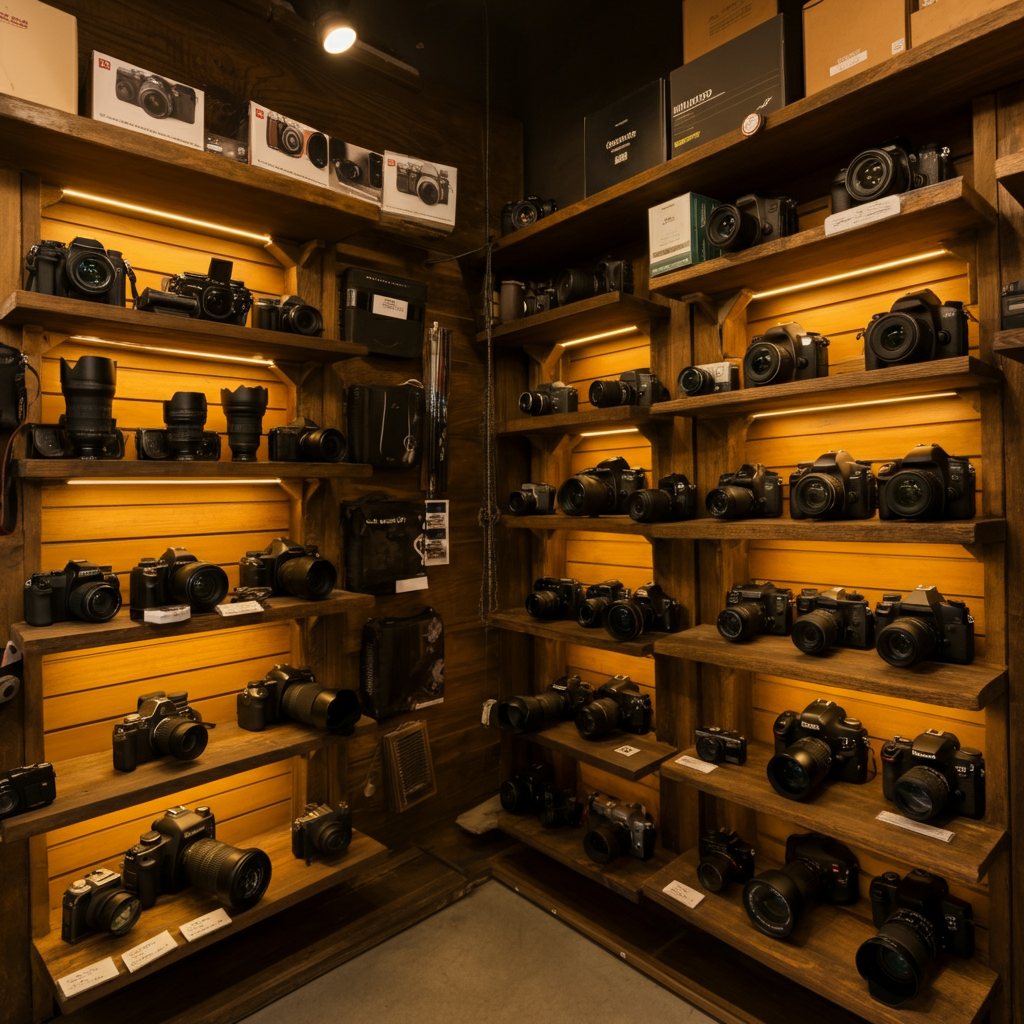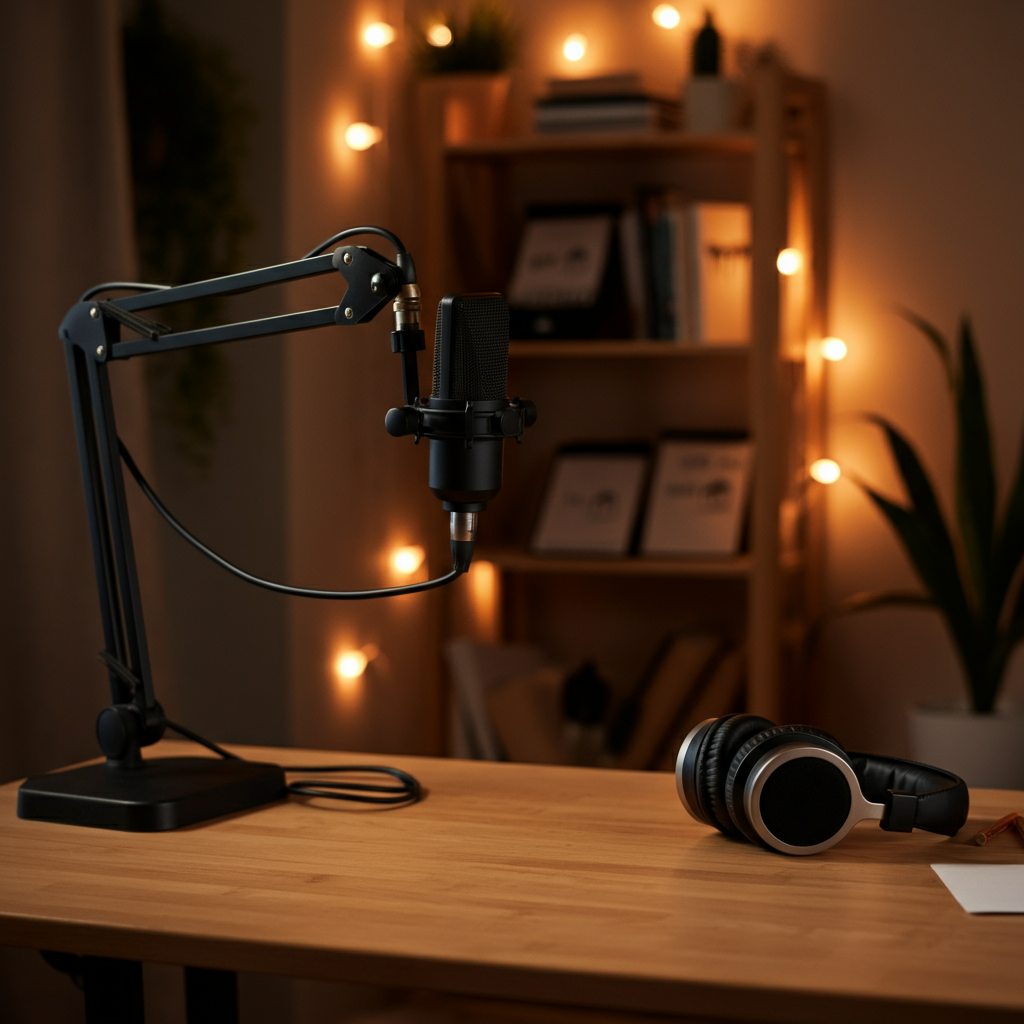Whether you’re a professional photographer or a hobbyist with a stash of cameras and lenses, renting out your gear can be a fantastic way to make extra income. Think about it—those high-quality lenses, tripod stands, or lighting equipment sitting idle in your closet could be making money for you!
Not sure where to start? Don’t worry—I’ve got you covered! This guide will walk you through everything you need to know about renting out your photography equipment, from understanding its benefits to ensuring your gear stays safe.
Why Renting Your Photography Equipment is a Smart Move
1. Extra Income Without Extra Work
Do you have top-tier lenses or specialized cameras just collecting dust? Renting them out can turn unused items into a steady income stream. It’s a hassle-free way to monetize gear that you’re not using every day.
For instance, a Canon L-series lens or a Sony A7 III can bring in $30–$50 per day! Multiply that by a week or two of rentals, and you’ll see just how quickly it can add up.
2. Help Fellow Creatives, Build a Community
There’s no better feeling than helping someone kickstart their creative projects. Renting your equipment allows budding photographers or filmmakers who may not have the budget for expensive gear to bring their vision to life. Plus, it’s a fantastic way to network with others in the creative industry!
3. Sustainable Option
Sharing is caring—even for the environment! Renting ensures fewer people need to buy new gear, which reduces waste and supports sustainability in the photography industry. Renting out your equipment makes you part of a larger eco-conscious movement.
Things to Consider Before Renting Out Your Equipment
Before you start listing your gear, there are a few things to prepare. Trust me, a little planning goes a long way when it comes to keeping your equipment safe and ensuring a smooth rental process.
1. Assess Your Gear
Not all equipment needs to go for rent. Start by cataloging your gear and identifying pieces that you don’t use every day. Items like extra lenses, lighting kits, and backup cameras are ideal candidates.
Tip: If your equipment is older or heavily used, consider replacing or maintaining it before renting it out. No one wants to rent a scratched lens or malfunctioning camera body.
2. Know Your Gear’s Value
Before setting a rental price, research the market value of your equipment. This includes both its retail price and its typical rental rate. Websites like Lensrentals and BorrowLenses can give you an idea of what other people charge for similar items.
Pro Tip: Set reasonable rates—affordable enough to attract customers but high enough to reflect the value and condition of the gear.
3. Insure Your Equipment
Here’s the truth—things can go wrong. Lenses can get scratched, cameras dropped, or tripods lost. Having insurance for your photography equipment is non-negotiable!
Some platforms, like ShareGrid, offer built-in insurance plans. Alternatively, look into specialist insurance providers that cover high-value photographic equipment.
Where to Rent Out Your Photography Equipment
Once you’ve decided to rent out your gear, the next step is choosing a platform. The good news? There are plenty of options!
1. Peer-to-Peer Rental Platforms
Platforms like ShareGrid, KitSplit, and Fat Llama are ideal for first-timers. Just create a listing, specify your rates, and start renting to verified users. These platforms often handle contracts and offer insurance, making the process stress-free.
2. Instagram & Local Communities
Sometimes, your local creative network is the best place to start. Post a story or create a post showcasing the equipment you have for rent. Use hashtags like #GearForRent or #PhotographyEquipment to increase visibility. Don’t forget local forums or community Facebook groups for creative professionals!
3. Photography Studios
Already have connections with studios in your area? Offer your equipment to them directly. Studios often need additional gear for specific shoots, and this could create an easy, long-term partnership.
Tips To Keep Your Gear Safe
Renting out your equipment comes with its risks, but careful planning can minimize them. Here are some tried-and-true tips to protect your investments.
1. Vet Your Customers
If you’re using a peer-to-peer platform, choose renters with positive reviews and verified credentials. For offline rentals, always meet clients in person and ask for identification or a deposit.
2. Use Rental Agreements
A formal rental agreement is essential. This contract should outline terms that include rental period, fees, penalties for late returns, and the renter’s responsibilities while the equipment is in their possession. Many peer-to-peer platforms have templates for these agreements.
3. Photograph Your Gear Before and After Rental
Document your gear’s condition before and after every rental. Take high-resolution images of each piece, noting the state of the lens, body, and other components. This helps avoid disputes over damages.
4. Provide Clear Instructions
Want to reduce the chances of a mishap? Include written instructions on how to use your gear. Quick start guides or tips for proper handling can go a long way in keeping your equipment safe.
Common Mistakes Beginners Should Avoid
- Undercharging
Avoid the urge to set extremely low prices just to attract renters. Remember, your gear has value! Price fairly based on its condition and the market rates.
- Skipping Insurance
This might feel like an unnecessary expense, but protecting your gear could save you hundreds or even thousands of dollars if something goes wrong.
- Not Communicating Clearly
Whether it’s pick-up times or specific handling instructions, clear communication with renters is key to a smooth experience.
- Rushing the Process
Take your time vetting renters and documenting every transaction. It’s better to have fewer, safer customers than rushing into risky agreements.
Maximizing Your Rentals
If you’re serious about making the most of this side hustle, here are a few advanced strategies to maximize your rental income.
- Bundle Gear
Many photographers prefer renting bundled equipment, like a camera body and two lenses. Offer combo deals to attract customers.
- Offer Discounts for Longer Rentals
Encourage weekly or monthly rentals by offering lower daily rates for extended periods. This keeps your equipment rented out for longer and reduces turnover hassle.
- Keep Your Listings Fresh
Update your rental listings with professional photos of your equipment and detailed descriptions. A well-made listing shows that you’re professional and trustworthy.
Share Your Resource & Help Others
Renting out photography equipment doesn’t just put extra cash in your pocket—it contributes to the creative industry by sharing resources with aspiring creators. Plus, you’ll connect with a community of creatives who share your passion for photography and gear.
Feeling inspired to give it a try? Start small, follow these steps, and see where it takes you. Who knows? Renting out your gear might lead to exciting collaborations—or even your next big project.
Happy renting!












Leave a Reply